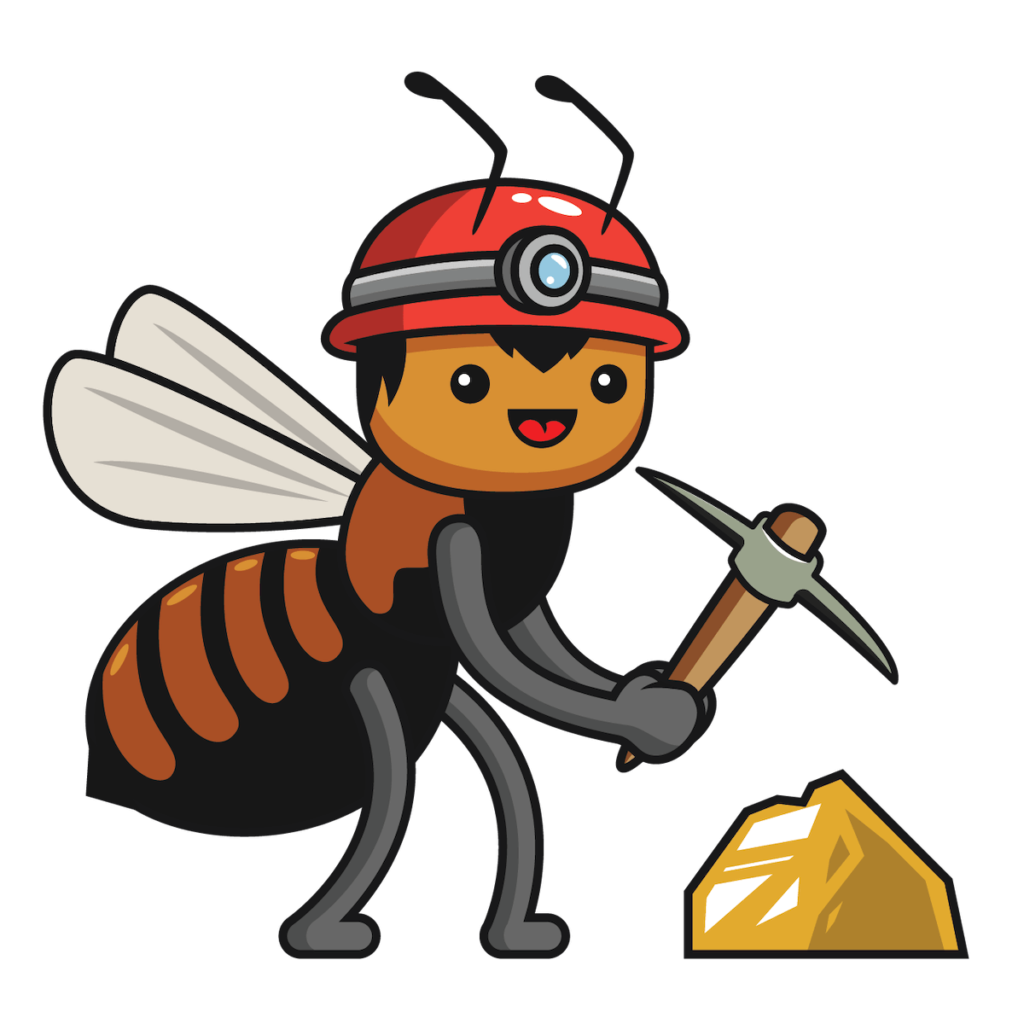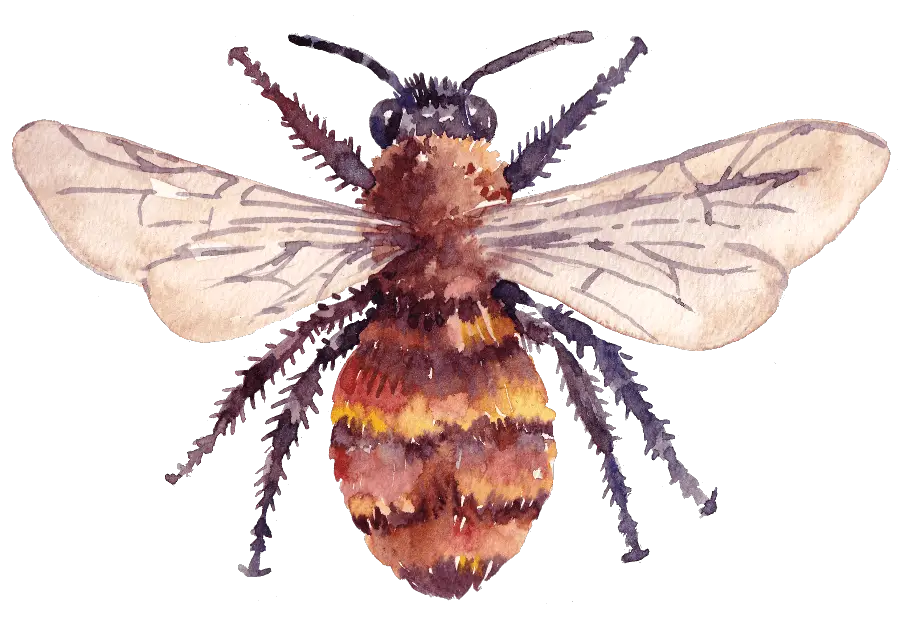In the fascinating realm of bees, the Andrena fulva, commonly known as the Tawny Mining Bee, is a true underground artist. With its striking appearance and unique nesting habits, this bee is a living testament to the wonders of adaptation and survival. Let’s dig deep into the captivating world of the Tawny Mining Bee.
Appearance: Velvet Majesty
The Tawny Mining Bee is a visual spectacle:
- Rust-Coloured Coat: This bee sports a luxurious, rust-coloured, velvety coat that sets it apart from its more common black and yellow counterparts.
- Size: They are medium-sized bees, typically measuring around 8-12mm in length.
- Facial Features: Their face is predominantly black, providing a striking contrast to their tawny body.

Habitat: The Underground Artist
If you’re keen to spot these subterranean wonders, here’s where to look:
- Geographical Spread: Predominantly found across Europe, including the UK.
- Preferred Habitats: They have a penchant for sandy soils and are often found in gardens, meadows, and even urban parks.
Behaviour: The Lone Digger
The Tawny Mining Bee showcases some unique behaviours:
- Nest Construction: True to their name, these bees are expert miners. They dig individual burrows in the ground, often in sandy or loose soil, to lay their eggs.
- Solitary Nature: Unlike social bees that live in colonies, the Tawny Mining Bee is a solitary creature. Each female digs her own nest and provisions it with pollen and nectar for her offspring.
Diet: The Pollen Collector
What’s on the menu for the Tawny Mining Bee?
- Pollen and Nectar: Primarily, they feed on pollen and nectar. They have a particular fondness for flowering plants like willows, fruit trees, and dandelions.
- Vital Pollinators: While they have specific floral preferences, their foraging habits make them essential pollinators for these plants, ensuring their reproduction and survival.
When and Where to Spot Them
For those eager to witness these bees in action:
- Time of Year: They’re most active during the spring months, typically from April to June.
- Time of Day: Daylight hours, especially during warm, sunny spells, are when they’re most active.
- Location: Gardens with sandy soil, meadows, and urban parks are prime spots for sightings.
| Best Time to Spot | Location | Activity Level |
|---|---|---|
| Morning | Gardens | High |
| Midday | Meadows | Moderate |
| Late Afternoon | Urban Parks | High |
Why They Matter
The Tawny Mining Bee, though solitary, plays a significant role in our ecosystem:
- Pollination Specialists: Their foraging habits ensure the pollination of specific plants, contributing to biodiversity and the health of various ecosystems.
- Ecosystem Indicators: Their presence or absence can be a sign of the health of a habitat. A decline in their numbers might signal environmental challenges that need attention.
Conclusion
The Tawny Mining Bee is a marvel of nature’s engineering, a solitary digger that adds a touch of velvet majesty to our gardens and meadows.
As we explore the great outdoors this spring, let’s take a moment to appreciate these subterranean artists and their contributions to our world.
For a deeper dive into the world of bees and to help identify the myriad species that grace our planet, explore our comprehensive Bee ID page. Together, let’s celebrate and champion the buzzing wonders that make our world a more vibrant and interconnected place.




